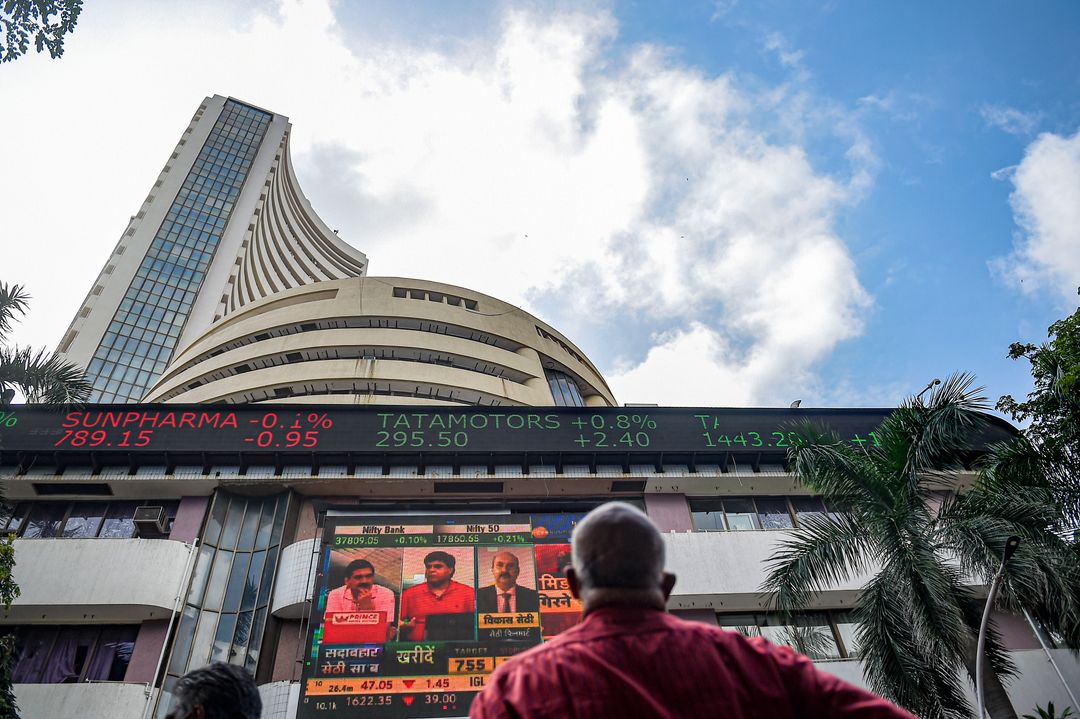Mumbai, April 2, 2025 – The Indian rupee opened the first trading session of the financial year 2025-26 on a weak note, depreciating by 23 paise to 85.73 against the US dollar. The currency's decline was attributed to rising crude oil prices and growing concerns over reciprocal tariffs.
The dip in the rupee comes as the global markets brace for the potential impact of US President Donald Trump's plan to introduce reciprocal tariffs. This has heightened investor uncertainty, with traders keeping a close watch on how the new tariffs could affect the Indian economy.
CR Forex Advisors MD Amit Pabari noted that the imposition of tariffs could put additional pressure on the rupee, while relief from such tariffs could provide a much-needed boost. "All eyes will be on the imposition of reciprocal tariffs. Any imposition of tariffs on Indian goods could put additional pressure on the rupee, while relief from such tariffs would provide much-needed support to the currency," Pabari said.
In the domestic equity market, the 30-share BSE Sensex rose by 203.90 points, or 0.27%, to 76,228.41, while the Nifty advanced by 38.05 points, or 0.16%, to close at 23,203.75 points.
With the global market dynamics in flux, the next few days will be crucial for the rupee as it navigates through rising crude prices and tariff uncertainties.
This report highlights the initial trading activity of the Indian rupee in the new fiscal year and its response to global economic pressures. Investors are advised to stay updated on developments regarding the US tariffs and crude oil prices, which are expected to play a pivotal role in shaping the rupee's trajectory.
Market Movements and External Factors
In early trade on Wednesday, the rupee opened at 85.65 against the dollar and further lost ground, touching 85.73. This marks a 23 paise depreciation compared to the previous session's close. On Friday, the rupee had appreciated by 24 paise to settle at 85.50.The dip in the rupee comes as the global markets brace for the potential impact of US President Donald Trump's plan to introduce reciprocal tariffs. This has heightened investor uncertainty, with traders keeping a close watch on how the new tariffs could affect the Indian economy.
Impact of Crude Oil Prices and Tariffs
The depreciation also comes amid rising crude oil prices, which added further pressure on the rupee. As of the latest data, Brent crude was up by 0.03% at USD 74.51 per barrel in futures trade, further straining the Indian currency.CR Forex Advisors MD Amit Pabari noted that the imposition of tariffs could put additional pressure on the rupee, while relief from such tariffs could provide a much-needed boost. "All eyes will be on the imposition of reciprocal tariffs. Any imposition of tariffs on Indian goods could put additional pressure on the rupee, while relief from such tariffs would provide much-needed support to the currency," Pabari said.
US President Trump's Tariff Plans
US President Donald Trump has been vocal about his criticism of high tariffs imposed by India and other countries on American goods. His administration plans to implement a new set of reciprocal tariffs, which he has dubbed "Liberation Day" for the US. The announcement, scheduled for April 2, is expected to create ripples in global markets and could have significant ramifications for India.Forex Reserves and Market Sentiment
Meanwhile, India's foreign exchange reserves have shown positive growth, jumping by USD 4.529 billion to reach USD 658.8 billion in the week ending March 21. This marks the third consecutive week of reserve accumulation, following a trend of decline due to revaluation and forex market interventions by the Reserve Bank of India (RBI) to stabilize the rupee.In the domestic equity market, the 30-share BSE Sensex rose by 203.90 points, or 0.27%, to 76,228.41, while the Nifty advanced by 38.05 points, or 0.16%, to close at 23,203.75 points.
Outlook for the Indian Rupee
Despite the challenges, Pabari suggested that the rupee is likely to find strong support around the 85.50-85.60 levels, with a potential rebound towards 86.00-86.20. Investors are closely monitoring the developments surrounding the US tariffs, as these will play a crucial role in shaping the future direction of the rupee.With the global market dynamics in flux, the next few days will be crucial for the rupee as it navigates through rising crude prices and tariff uncertainties.
This report highlights the initial trading activity of the Indian rupee in the new fiscal year and its response to global economic pressures. Investors are advised to stay updated on developments regarding the US tariffs and crude oil prices, which are expected to play a pivotal role in shaping the rupee's trajectory.
